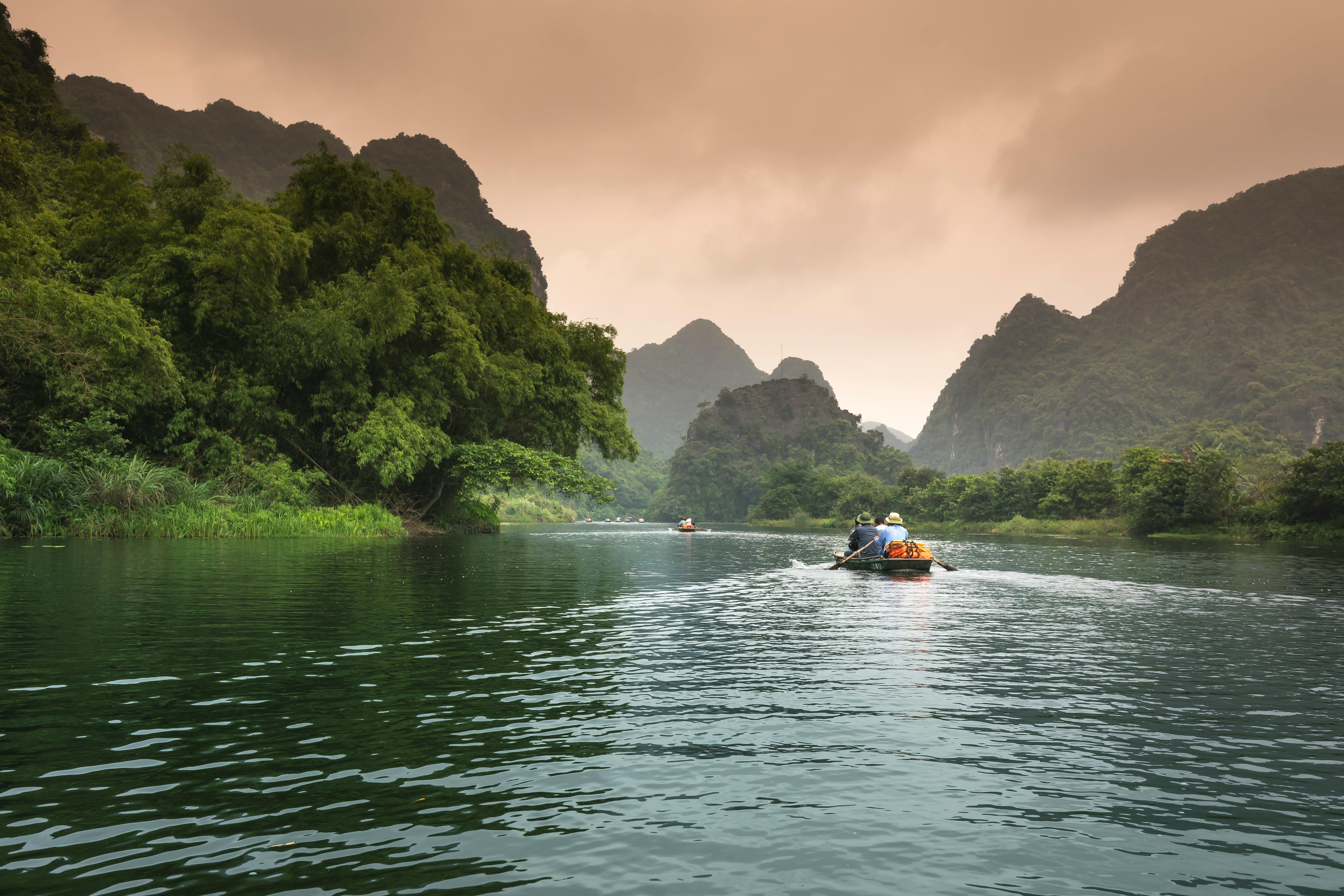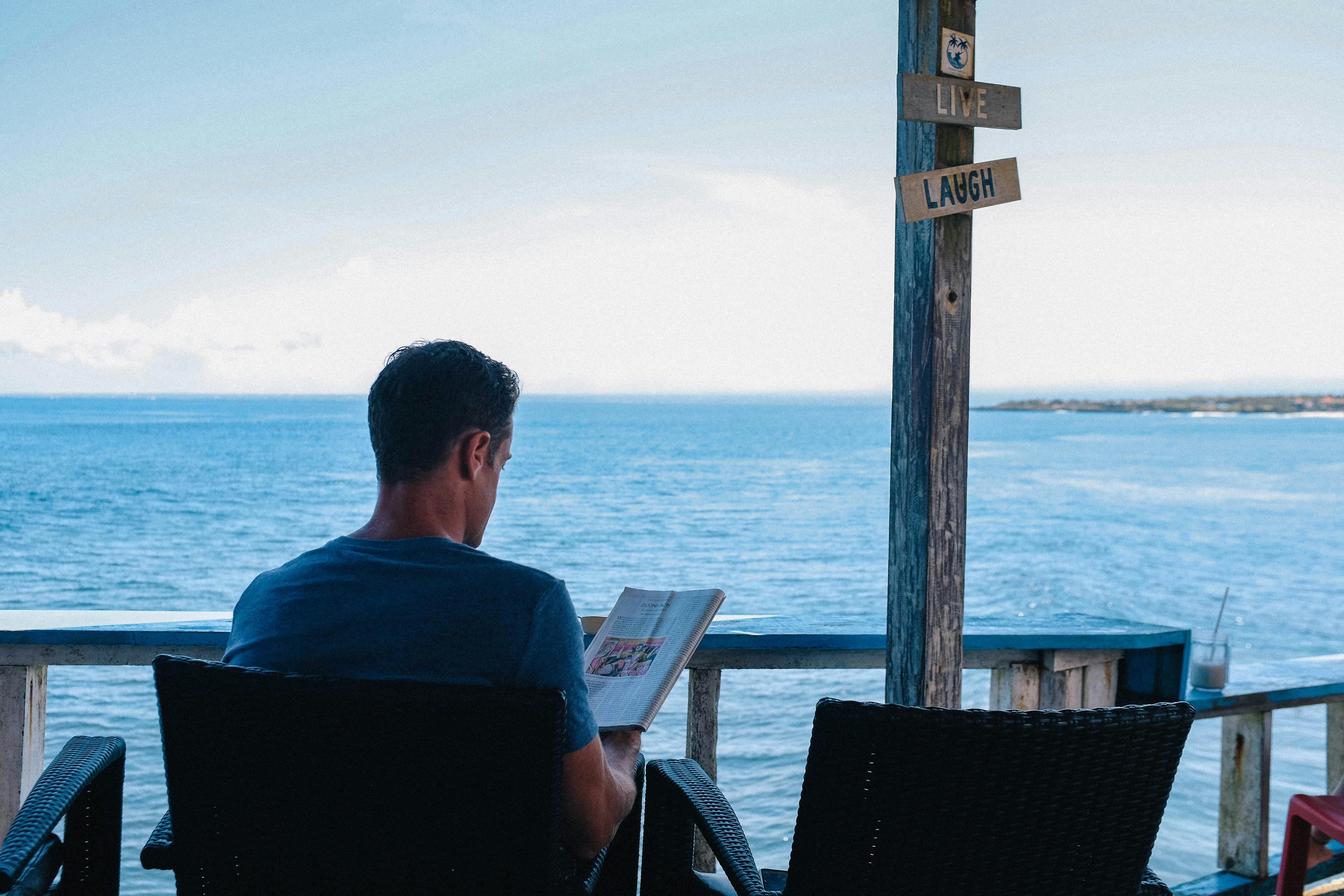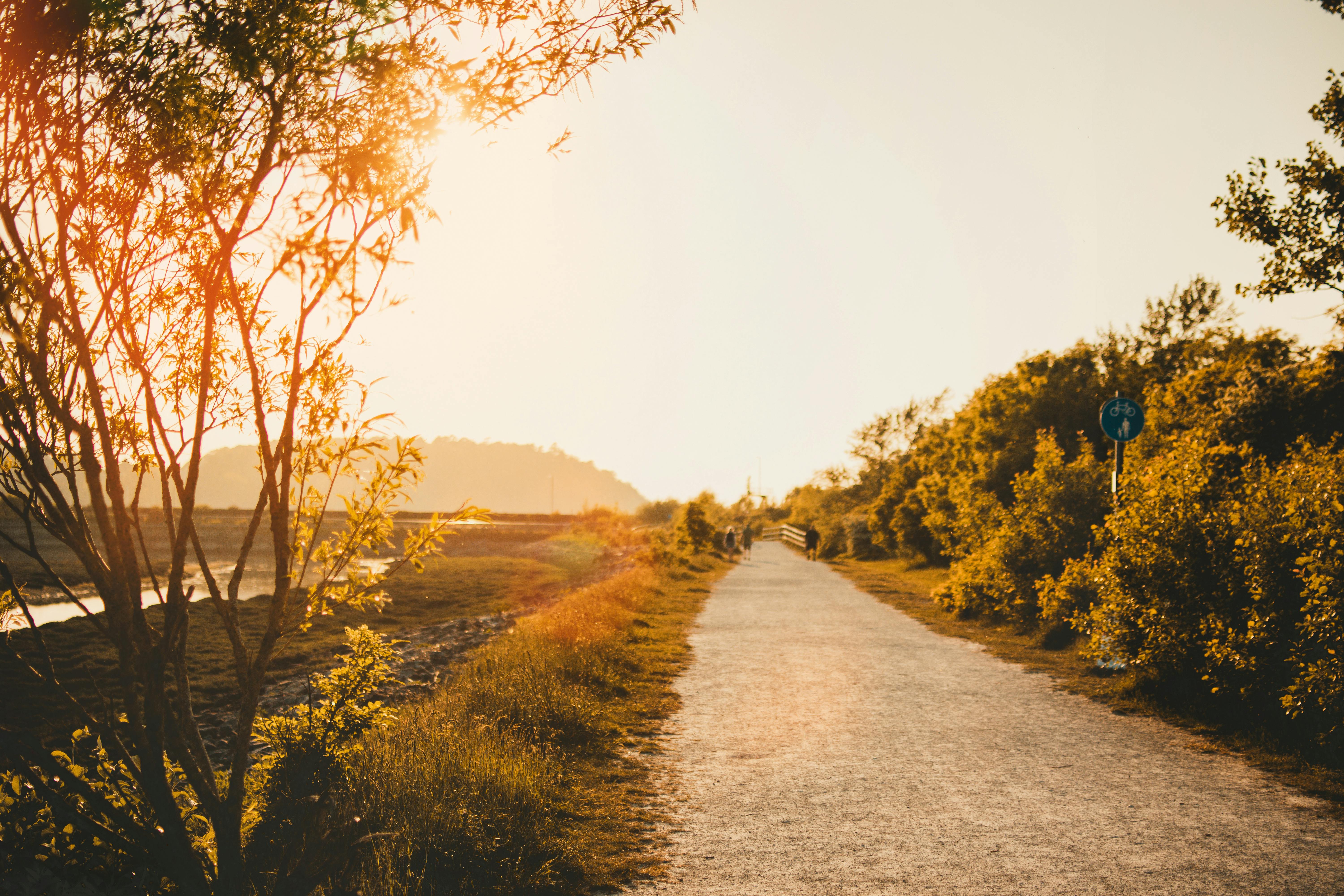As a certified travel agent for four decades, an international airline employee, researcher, writer, teacher, and photographer, travel, whether for business or pleasure, has always been an important and integral part of my life. Some 400 voyages to all parts of the world, by road, rail, sea, and air, involved destinations both mundane and exotic. This article focuses on those in the Caribbean.
Significant, multi-mode voyages to it, often on more than one occasion, covered 18 islands.
Antigua, via St. John’s, involved a road tour of Shirley Heights, Nelson’s Dockyard National Park and the Blockhouse ruins.
Aruba, with its colorful capital and cruise port of Oranjestad, included landmarks like Oranjestad. Parliament, Queen Wilhelmina Park, Queen Beatrix International Airport, Santa Cruz, Agnochi Catashi rock formations, Ayo rock formations, Natural Bridge, Aruba Aloe Factory and Museum, and high-rise hotels in Palm Beach and low-rise hotels. tower over Eagle Beach.
Barbados, with its capital Bridgetown, involved visiting many of its parishes and included attractions such as Santa Cruz, the Barbados Wildlife Reserve and the Barbados Concorde Experience near Grantley Adams International Airport.
Bonaire, served by Kralendijk, involved attractions, such as Gotomeer, Seru Largu, and Washington Slagbaai National Park. Located in northwest Bonaire, it is a 14,830-acre nature sanctuary that was originally inhabited by native South Americans and was the location of the island’s two largest plantations during the Colonial Period, growing divi-divi and aloe trees and producing charcoal. . Accessed by a 15- and 22-mile route, the park features considerable topographic diversity, including desert areas, black and white sand beaches, caverns, flamingo-frequented salt pans, reefs, coral-filled bays, and pink ponds. A visitor center and a museum were located at its entrance.
Curacao, with colorful Dutch architecture painting its Willemstad streets, included landmarks including the Waterfront, dating from 1634, the Plaza Pier, Fort Amsterdam, the Queen Emma Pontoon Bridge, Wilhelmina Drawbridge, Mikveh Synagogue Israel-Emanuel and the Jewish Museum.
Trips beyond Willemstad involved the Curacao liquor factory; Fort Nassau; the Boca Tabla Grotto; the Knip Plantation House; Knip Bay, which was one of the most beautiful beaches on the island where pure, sugary sand met the turquoise Caribbean sea; and the general scenes were enjoying their “cunucu,” which was the Papiamento word for “country.”
Lush, velvety green, Dominica was marked by its famous Morne Trois Pitons National Park, a 17,000-acre ecological area located on the southern side of the island. A UNESCO World Heritage Site and the only one in the Eastern Caribbean, it featured one of the world’s last oceanic rainforests. Accessed by narrow, bumpy, uphill roads and featured crater lakes, grotto-fed waterfalls, freshwater lakes and the three peaks of the Morne Trois Pitons. Mist rose frequently over the dark green vegetation of this primordial rainforest. An aerial tram offered spectacular views of this place reminiscent of Switzerland.
Other areas visited included Trafalgar Falls and Laudat Village.
Grand Cayman means George Town, Hell, Seven Mile Beach, and West Bay.
Grenada, the island of spices, was indicative of St. George’s, Fort Frederick, Annandale Falls, the Grand Etang National Park, and the Douglaston Spice Estate.
The famous Casa de Campos was a symbol of the Dominican Republic on the island of Hispaniola.
Jamaica, with its lush, mountainous interior, suggested images of continental forests, and its vistas included Dunn’s River Falls, Mountain Valley, the beaches of Montego Bay, and Ocho Rios. Highlights were a jeepney tour of the plantation and bamboo rafting on the Martha Brae River.
Puerto Rico was characterized by San Juan, Luquillo Beach, El Yunque Rain Forest and Isla Verde. Old San Juan was home to the San Juan National Historic Site, with buildings dating back to the 16th century, including the fortresses of San Felipe del Morro and San Cristóbal and the old city walls.
St. Barthelemy involved covering Gustava, the capital and seaport, the Den Rock Hotel, the first on the island, Morne Vitet, the highest peak on the island at 281 meters, Anse de Grand Cul de Sac, Anse de Marigot , Loreint Beach, St. Jean Beach, and Turtle Island, the meeting point of the Atlantic Ocean and the Caribbean Sea.
St. Croix, with its Danish heritage, included visits to its two main cities, Christiansted and Frederiksted. Fort Christiansvaern was among the Danish colonial buildings of the Christiansted National Historic Site. The West St. George Village Botanical Gardens occupied a former sugar plantation. And a boat cruise to Buck Island Reef Monument, a small 176-acre uninhabited island 1.5 miles north of the northeast shore of St. Croix, offered scuba diving opportunities.
St. John, the smallest of the US Virgin Islands, was accessed via an inter-island ferry from St. Thomas and involved a drive through Virgin Islands National Park, which took up most of the island . Its beaches, including forest-backed Trunk Bay and Francis Bay, whose calm waters were home to sea turtles, were fringed by coral reefs. Annaberg Plantation was once the location of an 18th century sugar plantation and trails through the rainforest led to the ruins of the Reef Bay Sugar Mill.
Saint Lucia, in the Eastern Caribbean, was an island nation whose pair of dramatically conical mountains, the Pitons, marked its west coast, which in turn was home to volcanic beaches, reef dive sites, luxury resorts and fishing villages. Inland jungle trails often ended in waterfalls like the 15-meter-high Toraille, which tumbled over a cliff in a garden.
From Castires, their cruise port, the exploration included the 18th century merchant house of San Marcos built in 1942, which had used the foundations of the original 1920 structure; Caribelle Batik; Marigot Bay; the Roseau Valley Banana Plantation; Anse La Raye; and La Sikwi Sugarmill, which included a guided tour and tasting of native St. Lucian foods: fried green plantain, breadfruit, sugarcane, grapefruit, yellow plantain, and plantain ketchup.
Saint Martin/St. Martin was marked by its main cities, Marigot in French St. Martin and Philipsburg in Dutch St. Maarten.
Tourist attractions on St. Thomas included Skyline Drive, a view from the top of the mountain, Charlette Amalie, Fort Christian, and a climb up the Paradise Point Tramway. But the highlight was a parasailing flight over its bay.
Hooked to a parachute and airdropped from the stern of a speedboat, the chute instantly yielded to aerodynamic forces and rose, the world receding and miniaturizing in seconds until even the sound of the boat’s engine faded into nothingness. silence. Left suspended 600 feet above St. Thomas Harbor and the now-tiny 91,000-ton cruise ship Constellation with my feet dangling into oblivion, I was left with the surreal perspective of the island below; the fierce winds that filled my parachute and uniquely kept me aloft; and my thoughts.
Trinidad was marked by its capital, Port of Spain.



